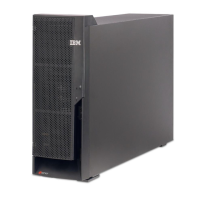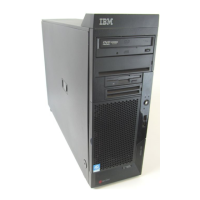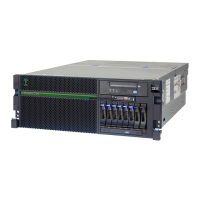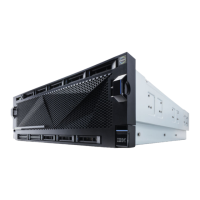5486OpS.fm Draft Document for Review October 18, 2004
532 IBM Eserver i5 and iSeries System Handbook
Provides a common view of stream files that are stored locally on the iSeries
server, an Integrated Netfinity Server for iSeries, or a remote Windows NT
server.
User applications can store and manipulate stream file sizes up to 256 GB in
the root (/), QOpenSys, and user-defined file systems.
A set of 64-bit UNIX-type APIs and easy mapping of existing 32-bit UNIX-type
APIs to 64-bit APIs are provided.
Threadsafe IFS API interfaces to access objects in a multi-threaded job are
provided.
Text file I/O can convert between CCSIDs with characters of differing lengths.
PC created files (even read only files) can be managed through a command
and API interfaces.
You can copy whole subtrees on the iSeries without using an interactive
interface or user-written programming.
Pipes and First In First Out (FIFO) objects provide program-to-program
communication through file system objects. A
dev/null character is useful for
applications to discard output from sub-applications without changing the
subapplication. The dev/null character special file can be written to forever,
but is always empty when read.
Stream I/O supports save files. This allows you to extract the contents of a
save file, transport the save file through the network using stream file
protocols, and place the contents back into another save file.
File system APIs support parameters and buffers in teraspace for large I/O
operations.
Deadlock detection helps diagnose applications with a conflict in locking
order.
Benefits
The IFS offers the following benefits:
Fast access to i5/OS and OS/400 data
Efficient handling of stream data, including images, audio, and video
A file system and directory base to support UNIX-based open system
standards, such is POSIX and XPG
File management through a common interface
Consistent use of object names and associated object information across
national languages
